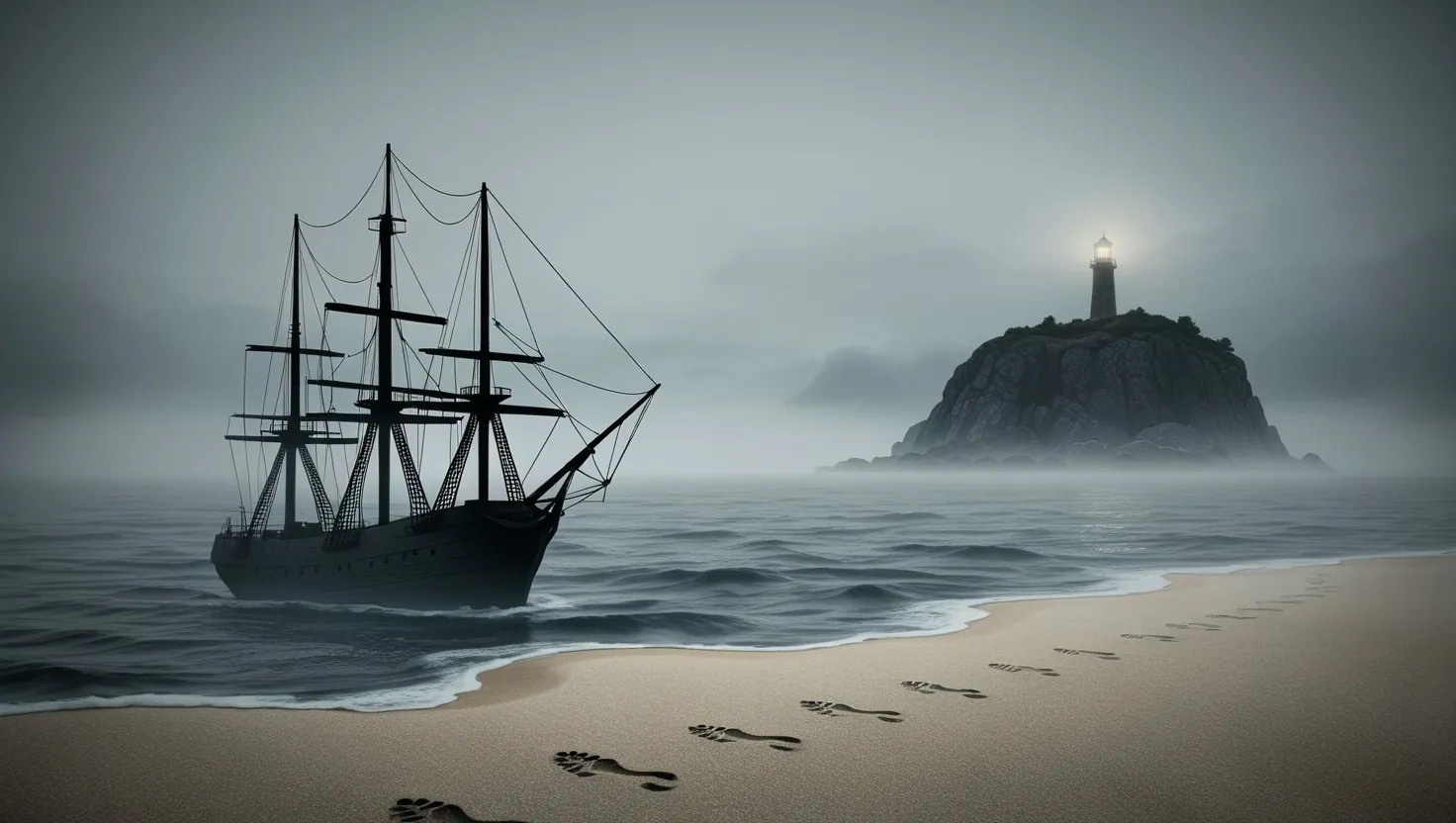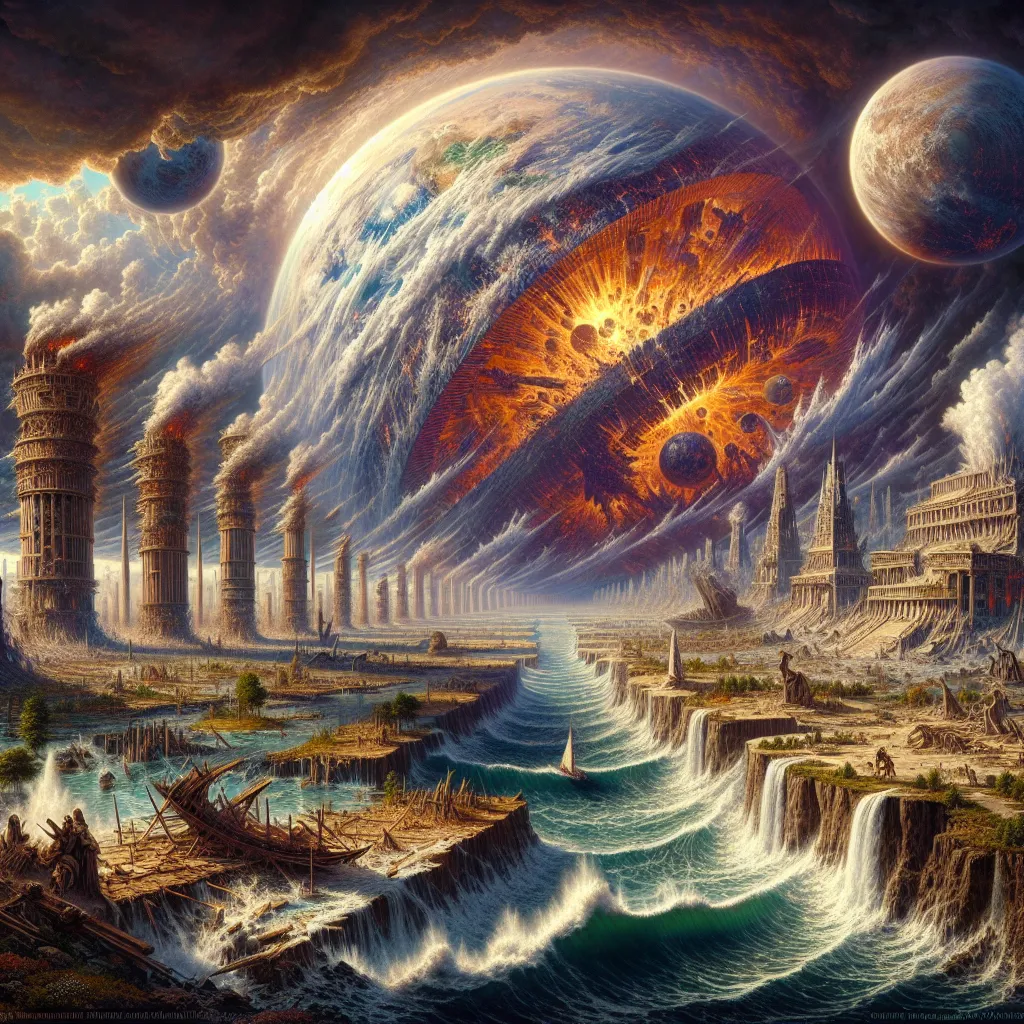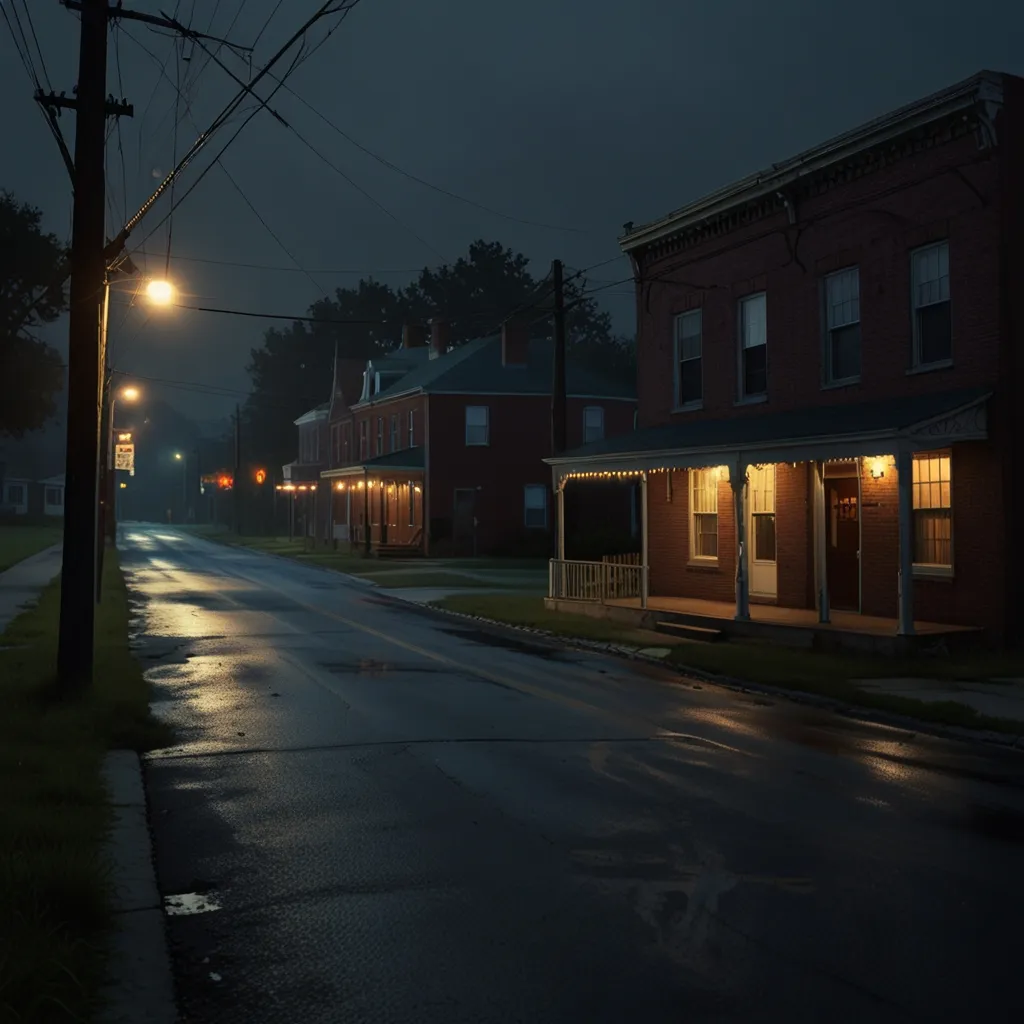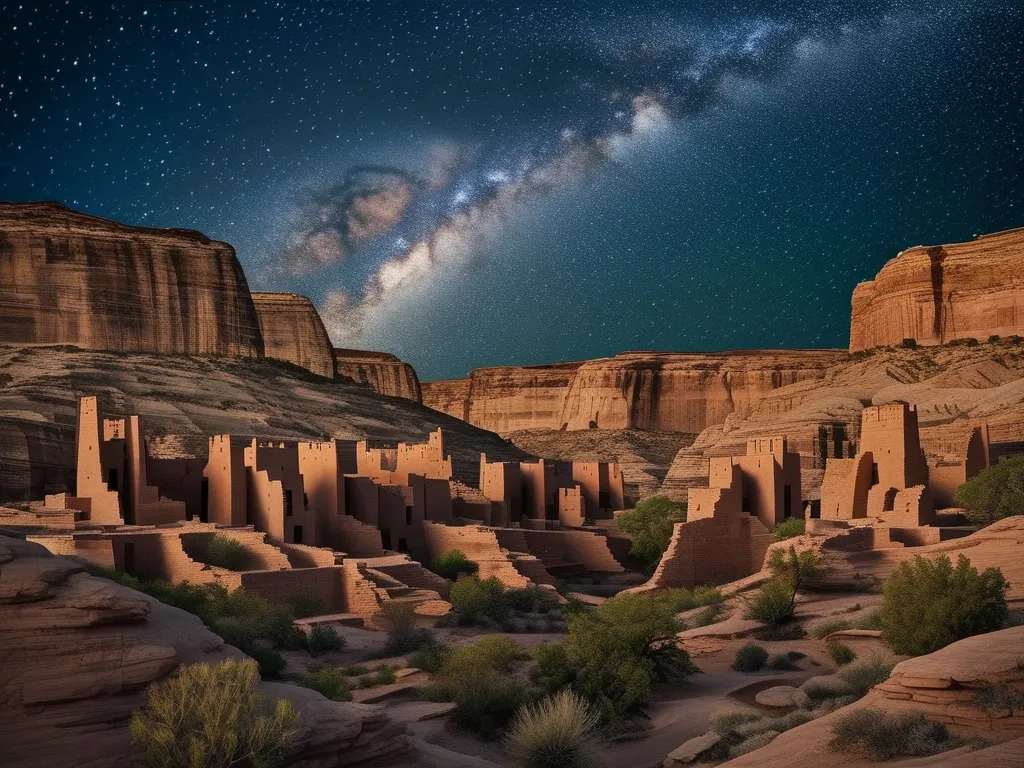History loves its mysteries—especially those that defy neat explanations. I’m continually drawn to stories that leave us with more questions than answers, urging us to probe the past for clues that may never fully satisfy our curiosity. Among the most captivating are those vanishings where the physical world offers us just enough evidence to torture our imaginations, but not enough to close the case. Let’s wander through seven of history’s most puzzling disappearances, examining not only the facts but the shadows at their edges, the threads that historians, scientists, and storytellers have tugged at for centuries.
What really happened to the Roman Ninth Legion? Their story, nearly two thousand years old, is particularly tantalizing because of its abruptness. Legions were the backbone of Roman military might, and the Ninth was no exception—heralded for its exploits across the empire. Then, around 120 CE, the legion simply slips out of the record books. One day they are stationed in Britain, the next, silence. No mass graves. No records of a catastrophic defeat. Some theorists have suggested they were annihilated during a northern campaign, others that they were quietly transferred to another corner of the empire and lost in a forgotten battle. But there’s another angle we seldom consider: what if the disappearance suited the empire’s narrative? Rome, after all, thrived on propagating its own myth of invincibility. Might an embarrassing defeat have been intentionally erased? When we ask about the Ninth, we’re also asking how much of our history is curated omission.
I always find the story of the Mary Celeste arresting—not because of what was found, but because of what wasn’t. In December 1872, the ship was found adrift, cargo mostly intact, lifeboat gone, the crew nowhere in sight. Not a drop of blood, no sign of struggle, meals left half-eaten. The ship’s papers and navigation tools were missing. A sudden storm? Mutiny? Pirates? None fit quite right, and the ship’s sturdy build argued against sudden disaster. Some have speculated on poisoned flour, others on a burst of seaquake-panic. But what if the answer lies in a convergence of small events—a leak that wasn’t catastrophic but looked it, a captain wary of risk, a crew beset by exhaustion? The Mary Celeste gives us a Rorschach test for our fears of the sea and the limits of our knowledge.
“History is a gallery of pictures in which there are few originals and many copies.” —Alexis de Tocqueville
A century ago, three men stationed at the isolated Flannan Isles lighthouse vanished during a storm, their disappearance noted when a relief ship arrived and found the lighthouse empty, clocks stopped, and no sign of human life. Their logbooks ended abruptly. The weather had been rough, but not enough to justify abandoning a perfectly good lighthouse. The official inquiry found “acts of God,” but folklore quickly bloomed: stories of giant birds, vengeful ghosts, even phantom ships. Here, the mystery is heightened by the location—a speck of rock in the North Atlantic, battered by elements and superstition alike. Did human error compound natural hazard? Or are we simply projecting our own fear of isolation into their story? The keepers, removed from their world, became part of myth almost overnight.
No discussion of disappearances would be complete without Roanoke. Imagine walking through a settlement, only to find every person gone, as if spirited away. That’s what greeted Governor John White when he returned in 1590, years after leaving a group of English colonists on Roanoke Island. Only the word “Croatoan” carved into wood remained. Was it a message? A clue? Decades of speculation have yielded no clear answers. Some say the settlers integrated with local tribes; others suggest famine, disease, or Spanish attack. The archaeological record is tantalizing but mute. Roanoke’s story lingers because it marks the beginning—both of new world colonization and a uniquely American mythology about lost origins.
But let’s jump forward to the late twentieth century. Frederick Valentich, a young Australian pilot, took off in 1978, radioing about a strange, metallic object following his plane. His last words: “It’s not an aircraft…” Then silence. Valentich—plane and all—vanished over Bass Strait. No wreckage surfaced. Was it a fatal navigational error, a tragic accident, or as some suggest, an extraterrestrial encounter? Technological advances have allowed us to search vast swathes of ocean with sonar and satellites, yet some disappearances remain immune. Valentich’s case is remarkable for how it straddles both mundanity (pilot error) and the cosmic (UFO speculation), reinforcing that the line between science and wonder is sometimes a matter of perspective.
“The most beautiful thing we can experience is the mysterious. It is the source of all true art and all science.” —Albert Einstein
If you walk the ghostly ranks of the Terracotta Army in Xi’an, you might pause to realize the craftsmen who built them also vanished. After Emperor Qin’s tomb was completed, thousands of artisans, engineers, and laborers simply ceased to exist in the historical record. Imperial secrecy is one answer—perhaps they were executed to protect the location’s secrets, as some suggest. But archaeological digs have found mass graves nearby, raising darker possibilities. We talk about the achievements of ancient China, its wonders and monuments. But what are we to do with these forced erasures—the stories that were never given a chance to be told? Each missing craftsman is a silent testament to the cost of glory.
Have you ever wondered what drives ambition so far it leads to the edge of the map? Percy Fawcett, a British explorer, set off into the Amazon in 1925, leading an expedition in search of a lost city he called “Z.” He was never seen again. Fawcett’s disappearance ignited a cascade of search parties, some of whom also vanished. The jungle, both map and maze, remains indifferent. Was it hostile tribes? Disease? Did he simply resign himself to a new life out of reach of the world he’d left behind? The Fawcett mystery speaks to something primal: the human urge to push beyond the boundaries, even when the risks are terminal.
Still, across all these stories, modern technology has only managed to chip away incrementally at their mysteries. Aerial surveys, ground-penetrating radar, DNA analysis—each promises revelation, yet often delivers only more ambiguity. Sometimes, attempts to solve these vanishings reveal just how dependent we are on context: records can be lost, deliberately or by accident, and physical evidence is easily consumed by time or environment. When we think of the Ninth Legion, or Roanoke, or the Terracotta craftsmen, we’re also tracing the impermanence and malleability of historical memory.
“Those who cannot remember the past are condemned to repeat it.” —George Santayana
We can’t ignore how these disappearances have bled into art and culture. Roanoke appears in novels, TV series, even as a metaphor for cultural disappearance. The Mary Celeste haunts maritime lore, serving as a shorthand for inexplicable loss. The Flannan Isles keepers get immortalized in poems and ballads; Fawcett inspires generations of adventurers and filmmakers. These stories, unsolved as they are, become tools for examining our own anxieties about absence, legacy, and the unknown. When we imagine the fate of the Ninth Legion or the ghostly craftsmen, we’re really questioning our own place in history: how will our stories be remembered—or forgotten?
Let’s not overlook the contradictory witness accounts and unreliable narrators present in each case. The records of the Ninth Legion stop abruptly, but why? The Mary Celeste’s log is curiously incomplete. Testimony about the Flannan Isles events changed with every telling. Roanoke’s only clue was a word carved into wood—a message, or a red herring? Valentich’s radio call is preserved, yet its meaning remains slippery. The Terracotta craftsmen left no voice at all; Fawcett’s last letters hint at optimism, but were those his final thoughts?
All these gaps challenge us to be humble in our judgments. Maybe it’s less important to solve these mysteries than to live with them—to ask ourselves what they reveal about the fragility of memory, the limits of knowledge, and the enduring pull of the unknown. Is it possible that the persistence of these questions is as important as the answers we seek? Consider that the greatest lesson of these disappearances is the invitation to scrutinize not just the evidence, but the stories we build around it.
So I ask you: What would you leave behind if you vanished tomorrow? Would it be a message, a myth, or simply a gap for others to fill as best they can? History, it seems, is a patchwork of these absences—stories started but never finished, riddles offered up not to be solved, but to linger, generation after generation. And perhaps, in the end, that’s why we return to them: not because they can be explained, but because they remind us that even in an age of information, there is always more to discover—and more to wonder about.






